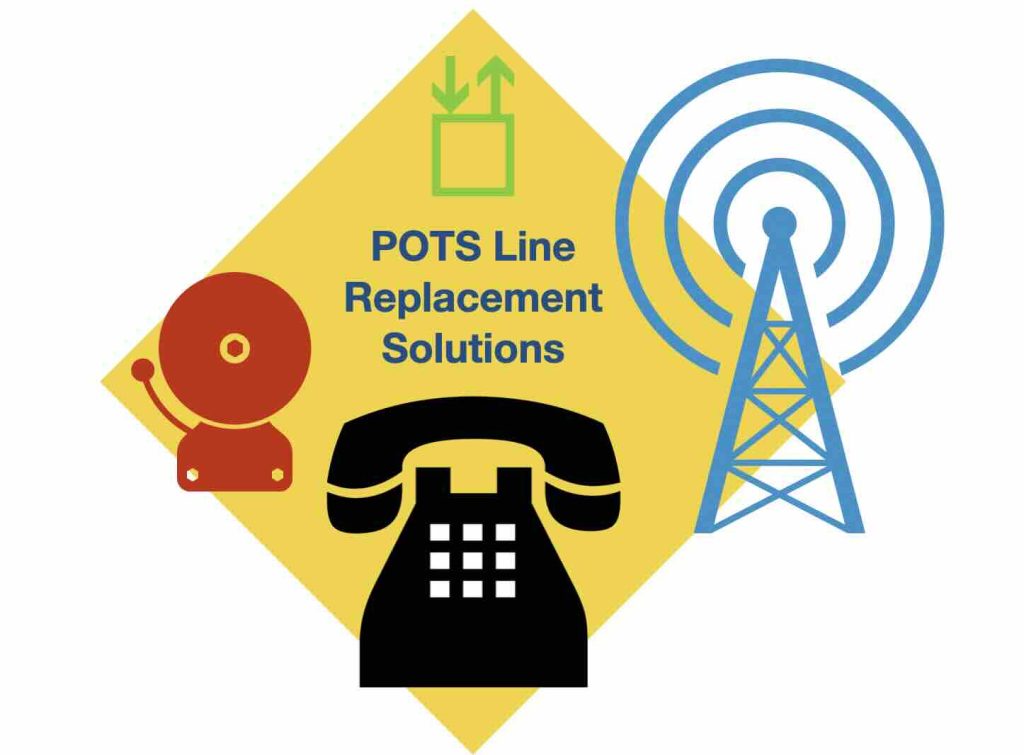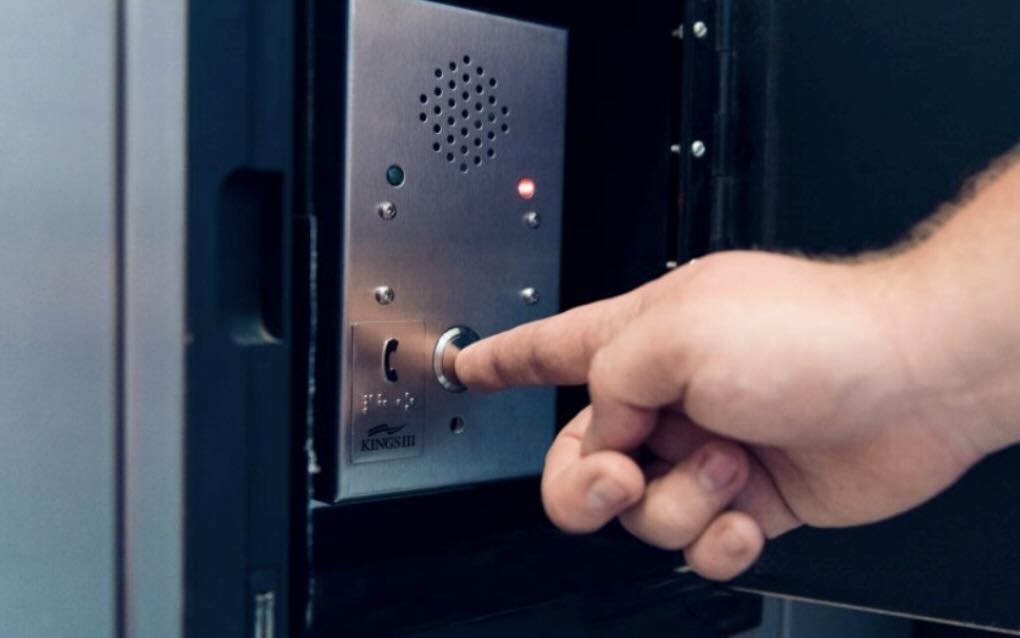The Decline of Traditional POTS Lines For decades, Plain Old Telephone Service (POTS) lines were the standard for voice communication and essential business functions. However, with the rapid advancement of digital and wireless technologies, traditional copper-based phone lines are being phased out. Major telecom providers, including AT&T, have begun retiring POTS lines to reduce maintenance […]
Tag: replacement
Simplify Elevator Communication with our Cellular POTS Line Rental Solution
At 5Gstore, we’re always looking for ways to help our customers find the right solution for their needs. Recently, a customer reached out initially looking at a traditional POTS line adapter for their elevator communication system. However, after a deeper conversation, we were able to understand their specific requirements and offer a more comprehensive solution […]
Unlocking Substantial Savings: Embracing Change as POTS Bows Out
Change is often met with a mix of apprehension and excitement, and the departure of Plain Old Telephone Service (POTS) is no exception. As carriers set sights on dismantling copper-wire infrastructure, organizations are left with a pivotal choice – to keep POTS in place at a steep price or embark on a journey that promises […]
What Do I Need to Know About the 3G Shutdown?
As 5G becomes available in more areas, and on more frequencies, the 3G networks are getting closer to their shutdown dates. This could be a serious problem for some companies as some services still operate over the 3G frequencies. On February 22nd, AT&T is scheduled to be the first carrier to shut down its 3G […]
What is Verizon 5G Home Internet and 5G Business Internet?
After an exciting halftime show at the Super Bowl, Jim Carrey reprised his role in “The Cable Guy” to market Verizon’s new 5G Home and Business Internet solutions. The ad showcased how fast and easy the equipment was to set up as well as how it compares to traditional cable services. Today, Verizon is jumping […]



